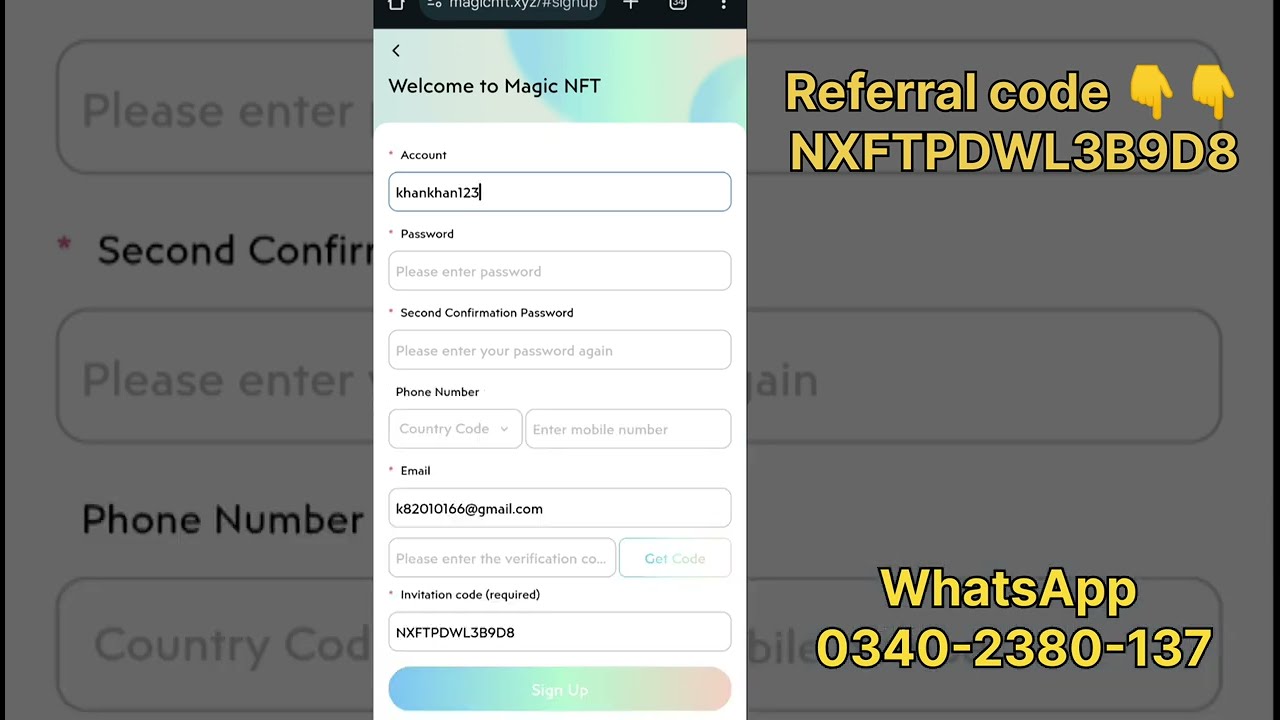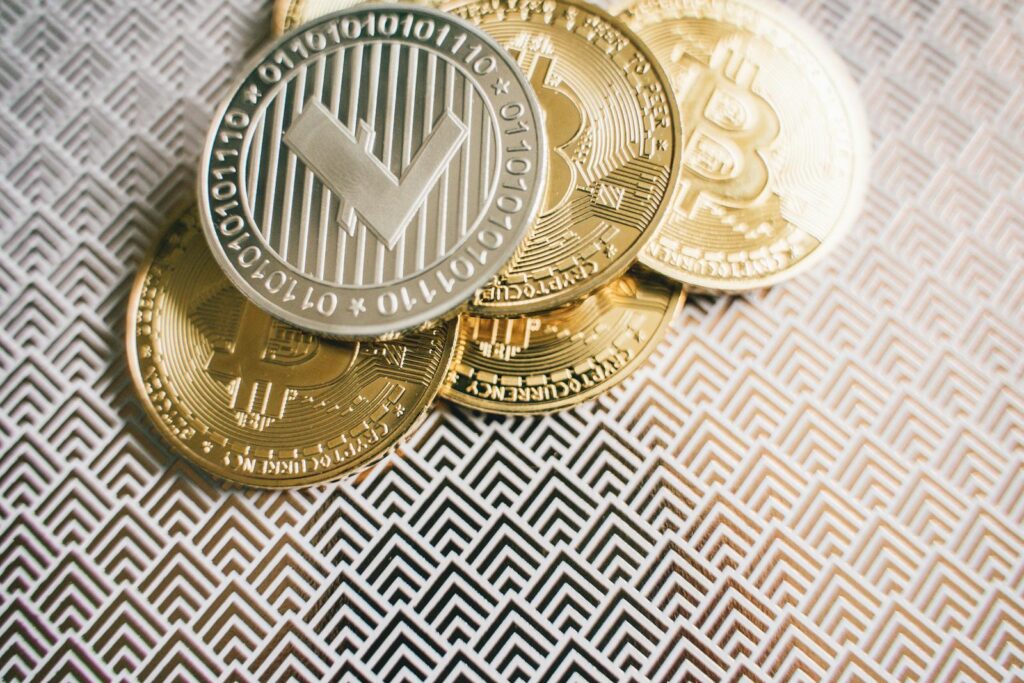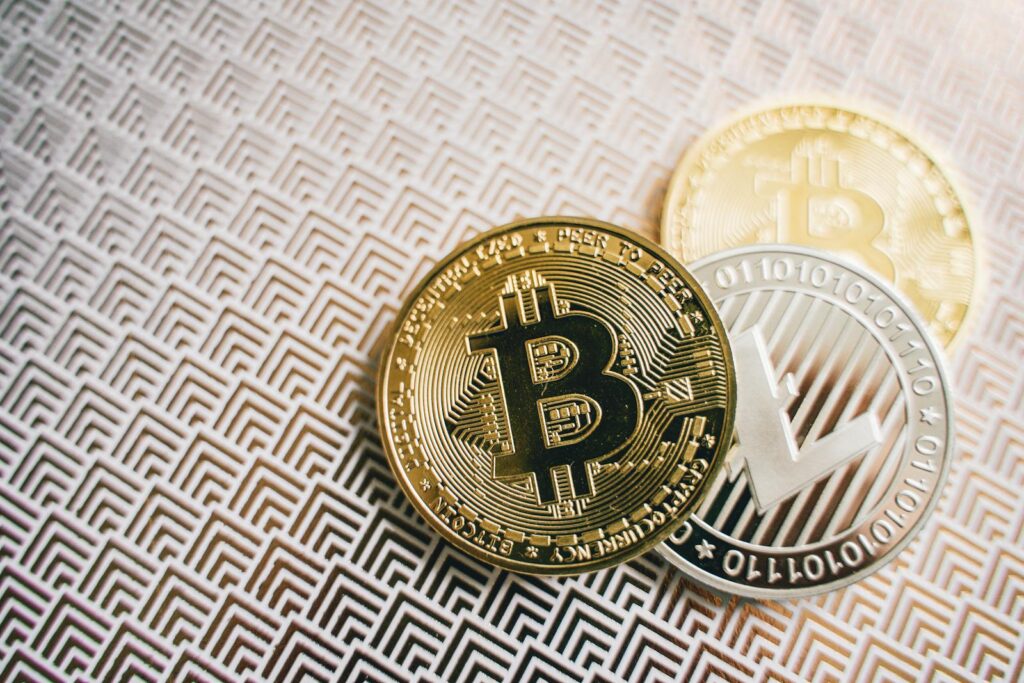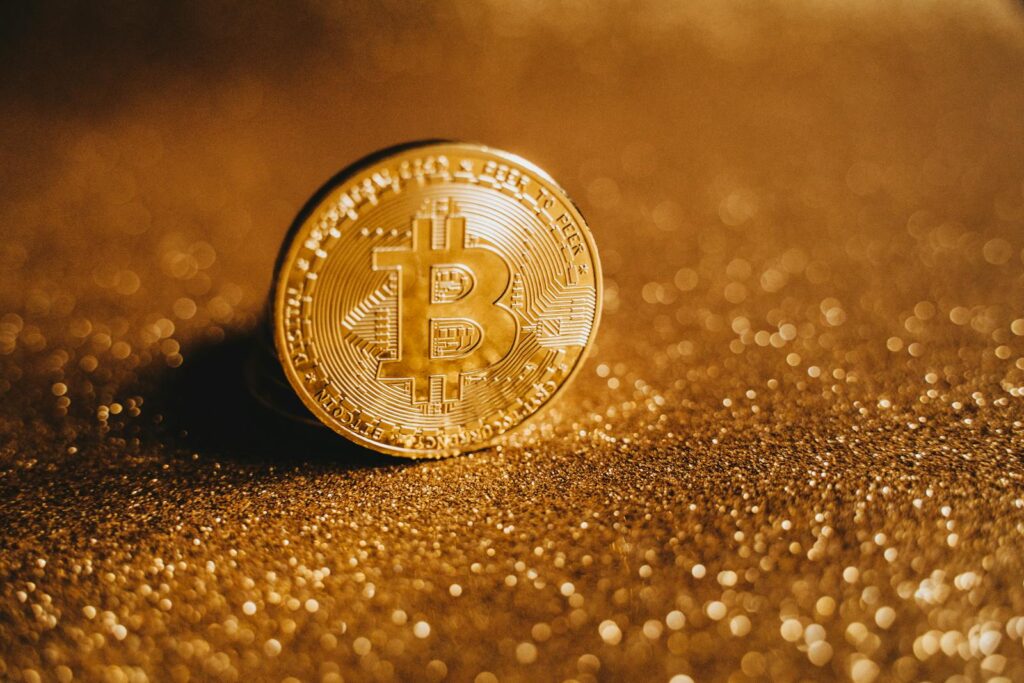In the rapidly evolving realm of digital assets, one term has captured global attention: NFTs. If you’re eager to create your first NFT, this comprehensive guide will equip you with everything you need to know about entering this fascinating world.
Understanding NFTs: A Beginner’s Guide

Before diving into the practicalities of creating your first NFT, it’s essential to grasp what NFTs are and why they have gained so much popularity.
NFTs, or Non-Fungible Tokens, are unique digital items verified using blockchain technology. Unlike cryptocurrencies like Bitcoin or Ethereum, which are fungible and can be exchanged on a one-to-one basis, NFTs represent ownership of distinct items, making them irreplaceable. This uniqueness is what provides their value.
The rise of NFTs can be attributed to several factors:
- Digital Ownership – NFTs redefine what it means to own something digitally. Artists, musicians, and content creators can enjoy true ownership of their work by minting it as an NFT.
- Scarcity and Authenticity – The blockchain ensures that each NFT is one-of-a-kind, preventing unauthorized reproduction. The demand for rare digital collectibles has surged, driving up prices significantly.
- Community Engagement – Many NFT projects cultivate passionate communities. These communities often support artists directly, facilitating a more sustainable creative economy.
The Evolution of Digital Assets
To appreciate NFTs fully, it’s crucial to understand how digital assets have evolved over time.
Initially, digital art and collectibles could be easily copied and distributed without any form of authentication. However, the advent of blockchain technology introduced a new paradigm in tracking ownership and authenticity.
- Early Days – In the early 2010s, the concept of digital scarcity was born with the introduction of Bitcoin and other cryptocurrencies.
- First NFTs – The first NFTs were created on the Ethereum blockchain around 2017. Projects such as CryptoKitties showcased the potential of NFTs in representing ownership of unique virtual cats, marking the beginning of a new trend.
- Mainstream Adoption – By 2021, major celebrities and brands began exploring NFTs, leading to auctions of digital artwork for millions of dollars. This brought unprecedented visibility to the NFT space.
Types of NFTs
Not all NFTs are created equal; they come in various forms. Here’s a look at different types of NFTs:
- Art NFTs: Digital artworks that are tokenized on the blockchain. Artists can sell their work directly to collectors.
- Collectibles: Unique digital items or game assets, such as trading cards or virtual goods.
- Music and Audio: Musicians can release tracks and albums as NFTs, allowing for direct fan engagement.
- Domain Names: Blockchain domains can also be minted as NFTs, providing a decentralized alternative to traditional domain registration.
Understanding these categories will help you decide what type of NFT you may want to create.
Choosing the Right Platform for NFT Creation

Once you have a solid understanding of NFTs, the next step in your journey to create your first NFT is selecting the right platform. Different platforms cater to various needs, so consider what features are important to you.
Popular NFT Marketplaces
Many marketplaces allow creators to mint and sell their NFTs. Here’s a brief overview of some popular options:
- OpenSea: One of the largest NFT marketplaces, OpenSea supports a variety of digital assets. Its user-friendly interface makes it easy for newcomers to set up shop.
- Rarible: This community-driven platform allows creators to issue their own tokens and includes a governance model powered by its RARI token.
- Mintable: Known for its ease of use, Mintable offers an intuitive way to create NFTs, even for those with limited technical skills.
- Foundation: A more exclusive platform focusing on artists and curators, Foundation requires an invite to join but offers a curated experience.
Key Factors to Consider
When choosing a platform, take into account the following aspects:
- Fees: Most platforms charge fees for minting and selling NFTs. Make sure to review their fee structures before committing to one.
- Blockchain Integration: Ensure the platform you choose supports the blockchain you wish to use, such as Ethereum, Binance Smart Chain, or others.
- Community and Support: Engaging with a supportive community can be invaluable. Look for platforms that offer tutorials, forums, or customer service.
- Features: Some platforms offer unique tools for promoting your NFTs, such as social sharing options or analytics dashboards that can provide insights into market trends.
Technical Requirements
Most platforms are designed with user-friendliness in mind, but there are some technical requirements you should familiarize yourself with:
- Cryptocurrency Wallet: You will need a cryptocurrency wallet (like MetaMask) to store your NFTs and manage transactions on your chosen platform.
- Gas Fees: Be aware of gas fees when minting NFTs on the Ethereum blockchain, as they can fluctuate based on network congestion.
- File Formats: Understand the acceptable file formats for uploads (JPEG, PNG, GIF, MP4, etc.) depending on the type of NFT you plan to create.
Taking the time to research and evaluate your options will ensure a smoother experience when you finally decide to create your first NFT.
Preparing Your Digital Asset for Minting

Having selected your platform, it’s time to prepare your digital asset for minting. This stage is vital for ensuring your NFT stands out and appeals to potential buyers.
Choosing the Right Digital Asset
The first step in preparation is deciding on the digital asset you want to convert into an NFT. Here are some ideas:
- Artwork: Original illustrations or paintings can make compelling NFTs.
- Music: If you’re a musician, consider turning your latest single or album into a token.
- Photography: Stunning photographs can attract collectors, especially if you specialize in a unique niche.
- Written Content: Poetry or short stories can also be minted as NFTs, creating a new way to publish literature.
Determining the type of asset you want to create will guide your creative process.
Ensuring Quality
Quality is key when preparing your digital asset for minting. Here are some tips to consider:
- Resolution: Ensure your artwork or images are high resolution. This enhances clarity and detail, making your NFT more desirable.
- Color Palette: Choose a color palette that resonates with your audience. Vibrant colors and strong contrasts can draw attention.
- Format: Save your digital asset in a format compatible with your chosen platform. JPEG and PNG files are generally safe bets for images, while MP4 works well for videos.
Creating a Compelling Story
The narrative behind your NFT can significantly impact its appeal. When presenting your asset, consider including:
- Artist Statement: Share your inspiration and thought process behind the piece. Engaging narratives can add depth and context.
- Personal Connection: Discuss what this asset means to you personally. Buyers often feel more connected to works with a human touch.
- Future Plans: If applicable, mention any future updates or series related to the NFT, enticing buyers with the prospect of follow-up pieces.
Ultimately, investing time in preparing your digital asset will enhance its value and increase your chances of achieving sales when you create your first NFT.
The Minting Process: Step-by-Step Instructions
Now that you’ve prepared your digital asset, it’s time to mint your NFT. While the process may vary slightly based on the platform, the general steps remain consistent across most marketplaces.
Setting Up Your Wallet
Before you start minting, you’ll need to set up a cryptocurrency wallet. Here’s how:
- Choose a Wallet: Options like MetaMask, Coinbase Wallet, or Trust Wallet are popular choices among NFT creators.
- Install the Wallet: Follow the instructions to install the wallet browser extension or mobile app.
- Create an Account: Set up your wallet by providing necessary information. Remember to keep your recovery phrase secure.
- Add Funds: Purchase some cryptocurrency (typically Ethereum) and transfer it to your wallet. Don’t forget to account for gas fees during the minting process!
Connecting to Your Chosen Marketplace
Once your wallet is set up, you can connect it to your chosen NFT marketplace:
- Visit the Marketplace: Navigate to the homepage of the platform you selected earlier.
- Connect Wallet: Look for a “Connect Wallet” option and select your wallet provider. Follow the prompts to authorize the connection.
- Authorize Transactions: You might need to authorize certain permissions to allow the marketplace to interact with your wallet.
Minting Your NFT
With your wallet connected, you’re now ready to mint your NFT. Here’s how to do it:
- Upload Your Asset: Find the “Create” button on the marketplace and upload your prepared digital asset.
- Fill in Details: You’ll be prompted to enter information such as the title, description, and properties of your NFT. Take your time crafting engaging descriptions!
- Set Up Royalty Fees: You can specify royalties for secondary sales, allowing you to earn a percentage whenever your NFT is sold again.
- Mint Your NFT: Finally, hit the “Mint” button. Review any transaction fees, then confirm the action in your wallet.
Congratulations! You’ve successfully minted your first NFT. The process may seem daunting at first, but once you’re familiar with the steps, you’ll find it becomes increasingly straightforward.
Setting Your NFT’s Price and Royalty Fees
One of the critical decisions you’ll face after minting your NFT is setting its price and determining royalty fees. This decision impacts not only your immediate profit but also your long-term earning potential.
Understanding Pricing Strategies
Choosing the right price for your NFT can be challenging. Here are some strategies to consider:
- Market Research: Investigate similar NFTs within your niche to gauge pricing trends. Observing successful sales will give you insight into what buyers are willing to pay.
- Value Proposition: Reflect on the uniqueness of your NFT. Rare items can command higher prices, while emerging artists may opt for lower initial pricing to build credibility.
- Auction vs. Fixed Price: Consider whether you want to list your NFT for a fixed price or set up an auction. Auctions can generate excitement and potentially lead to competitive bidding.
Setting Royalty Fees
Royalty fees allow creators to earn revenue from future sales of their NFTs. Selecting the right percentage is vital for fostering ongoing relationships with your buyers. Here are some points to ponder:
- Standard Fees: Most platforms allow you to set royalty fees between 5% to 10%. Standard rates are often accepted by the community, striking a balance between profitability and fairness.
- Long-Term Relationships: Consider the health of your relationship with collectors. Competitive royalty fees can encourage collectors to resell your NFTs, benefitting both parties.
- Market Trends: Stay informed about shifts in the NFT market that may affect royalty expectations, adapting your approach accordingly.
Pricing your NFT thoughtfully, alongside appropriate royalty fees, ensures you maximize your earnings without alienating potential buyers.
Promoting and Selling Your First NFT
After successfully minting your NFT and setting its price, it’s time to promote and sell your masterpiece. With the vast number of NFTs available, effective marketing strategies are crucial for gaining visibility.
Building Your Brand
Creating a recognizable brand can elevate your presence in the NFT space. Here are steps to consider:
- Consistent Visual Identity: Design a logo and maintain consistent branding elements across your profiles.
- Active Social Media Presence: Engage with platforms like Twitter, Instagram, and TikTok to showcase your work and connect with potential buyers. Regular updates keep your audience engaged.
- Networking: Join communities and networks focused on NFTs. Engaging with fellow creators and collectors can lead to valuable collaborations and increased exposure.
Leveraging Marketing Channels
Utilize various marketing channels to amplify your reach:
- Social Media Campaigns: Run campaigns showcasing your NFT and the story behind it. Use engaging visuals and hashtags to target the NFT community.
- Influencer Partnerships: Collaborate with influencers who resonate with your style. They can introduce your work to their followers, expanding your audience.
- Email Newsletters: If you have an existing fanbase, consider sending out newsletters announcing your NFT drop. Personalized messages can engage previous supporters.
Engaging with Collectors
Building relationships with your collectors is just as important as attracting new buyers. Here’s how to foster connections:
- Respond to Inquiries: Be proactive in answering questions and engaging with comments on your posts.
- Offer Exclusive Benefits: Consider providing benefits such as exclusive drops, behind-the-scenes access, or discounts to loyal collectors.
- Create Community Initiatives: Organize events, giveaways, or discussions that invite participation from your collectors, cultivating a sense of belonging.
Promoting and selling your NFT is a dynamic and ongoing effort. By implementing effective strategies, you can navigate the competitive landscape of NFTs and grow your audience.
Conclusion
Creating your first NFT opens the door to a universe rich with opportunities for artists and creators alike. From understanding NFTs and choosing the right platform to preparing your digital asset and promoting your work, every step is essential for success in this exciting new frontier. As you embark on your NFT journey, remember to stay curious, adaptable, and engaged with your growing audience. Embrace the possibilities that NFTs offer, and let your creativity shine in the digital marketplace!


